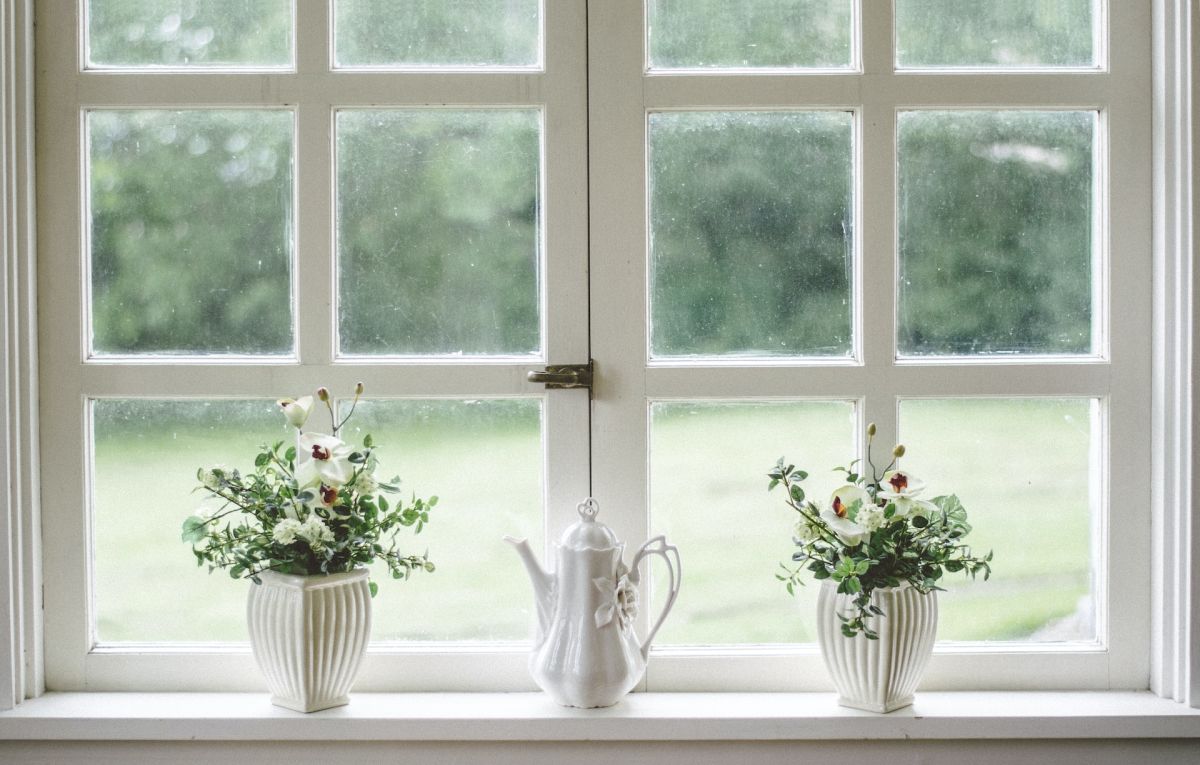Heritage and tradition have been integral components of home design for centuries, influencing the architecture and finishes of homes around the world. From Italian villas with rustic timbers and Tuscan colors, to wooden houses in Japan designed to take advantage of natural light, these elements of heritage and tradition can still be felt in homes today across many cultures. In this article, we will explore how heritage and tradition play a role in home design and how they can be used to create a unique and stunning interior.
1. Impact of Heritage and Tradition on Home Design
The influence of heritage and tradition on home design can be seen in both modern and historic homes. From the classic symmetry of a Colonial-style home, to the rustic charm of a Mediterranean-style house, there are countless ways these influences are evident. Here are four major ways they play a role:
- Floor plans: Today’s homes are often based on traditional floor plans, like those found in a Victorian home. Floor plans take their cues from the past, blending classic designs with modern ideas about spatial arrangement. Additionally, floor plans and room sizes are often determined by legacy zoning requirements that were passed down decades ago.
- Exteriors: The exterior of a home often reflects its architectural heritage. But even more interesting is how these traditional styles can be refreshed to fit into contemporary neighborhoods. Traditional facades often add a unique charm that can blend with a variety of other house styles.
- Materials: Heritage houses tend to be composed of traditional building materials such as brick, timber, and stone. These materials help to create a classic look that endures over time and can be easily adapted to newer home designs.
- Interiors: Chinese and Japanese-style design elements are often readily available to today’s homeowners, allowing them to add some classic charm to their homes. From timeless wooden furniture and modern accessories to classic window treatments, interior decor can often be inspired by traditional designs.
The role that heritage and tradition play in home design extends beyond just the physical elements of a home. Many of the traditions associated with home design have been passed down from one generation to the next. The ability to combine these traditional elements with modern trends is what gives heritage a presence in the home design of today.
2. Factors Influencing Home Design Decisions
Heritage and tradition can be a powerful catalyst when it comes to home design decisions. Families with a multi-generational background, especially in certain parts of the world, often take great pride in honoring the memories of their past through their current day domestic decorations and design decisions.
- Historic Preservation: When designing a home, many individuals seek to honor the vision of their decades-old architecture. Families may choose historical paint colors, traditional building materials, and architectural features from generations before, ensuring that the home has a timeless beauty.
- Ethnic Origin: Families from a single culture or ethnicity may pay homage to their past through the décor in their home. Classic tapestries, cultural wall art, brick ovens, featured rugs, and bright furnishings are all ways individuals have traditionally brought culture into the home.
- Family Heirlooms: Families often wish to pass down mementos from one generation to the next, often displaying them in the home. This may include antique furniture, china sets, or art objects. Keeping the objects in the home is a reminder of the history and tradition of the family.
- Community Customs: Families often incorporate certain customs into their home design decisions. Often these customs are supported by the neighborhood or community. This could include incorporating certain color schemes, wall designs or roof angles into the overall home decor.
No matter the origin of the design, many individuals feel a strong connection to the home through its tradition, heritage, and cameos of the past. Utilizing different customs from one generation to the next can often bring timeless beauty to any home.
3. Exploring Traditional Home Design Elements
The classic beauty, style, and functionality of traditional home design can never be overlooked. As individuals continue to search for creative ways to incorporate heritage and tradition into the home design and décor, some essential elements can be explored.
- Color: Traditional design often involves bright colors that exude warmth and welcome. This is especially true in Transition, Colonial Revival, and Mediterranean-style homes.
- Materials: Whether utilizing natural wood or stone, incorporating traditional materials has become increasingly popular in traditional style homes.
- Accessories and Décor: Mirrors, rugs, antique furniture, and collectible vases are a great way to bring the look of a traditional home together.
In many cases, homeowners may choose to subtly include traditional design elements as a nod to the past while creating a more modern living space. The addition of neutral tones such as beiges and whites can help to balance the brights in traditional palettes. As trends and tastes evolve, the marriage of heritage and tradition within the home design element will always remain.
4. Strategies for Incorporating Heritage and Tradition into Home Design
Home design is constantly evolving in the modern age, but many people look to their heritage and traditions to shape the look and feel of their new home. Incorporating these elements into a modern home can bring a whole new life and perspective to the space.
Here are some strategies to consider when weaving heritage and tradition into home design:
- Incorporate antiques – Age-old family heirlooms can be a great way to bring a timeless, classic feel to the space. Incorporating furniture, knick-knacks, or artwork that has been passed down from generation to generation can do wonders to personalize a space and create a unique style all its own.
- Create a unique color palette – Try drawing on family culture or nationality to develop a color palette that your family identifies with. Colors associated with family heritage can be used to create an energizing and stylish atmosphere in the home.
- Bring in natural materials – Taking inspiration from your family’s home country can help you create an organic, natural feel for your home. By using natural materials such as bamboo, rattan, or wicker, you can create a warm, inviting atmosphere that is truly transformative.
- Incorporate traditional artwork – Family stories or activities can be remembered through the art you hang in the home. Use classic paintings, sculptures, quilts, and tapestries to create one-of-a-kind walls of creative expression that honor your lineage.
By actively weaving together traditional elements within modern home design, it is possible to create a unique look that celebrates family heritage while embracing the latest trends. Every family has their own unique style, and incorporating heritage and tradition into home design is a great way to honor that personal style.
Also read: Exploring the Enchanting Colonial Home Aesthetic
5. Benefits of Applying Heritage and Tradition to Home Design
1. Personalised Expression
Heritage and tradition have a great role to play when it comes to home design. It can offer you many benefits, from enhancing the look and feel of the space to creating a personalised expression of your style and culture. Applying traditional elements to home design is the perfect way to give it character and express yourself without forgoing modern elements.
2. Enhancing the Look and Feel
Adding traditional elements to your home can give the space a whole new look and feel. From intricate wood carving detail to vintage lighting fixtures, adding a few well-placed elements can really help to transform a dull space into something unique and eye-catching.
3. Integrating Local Culture
These days, many people are looking for ways to express their local culture in innovative ways. By using heritage and tradition in home design, you can easily add local touches to the space and pay homage to your culture. Whether you use traditional crafted furniture, local artwork or handmade fabrics, incorporating elements of your culture can truly make a space special.
4. Environmental Consciousness
Applying heritage and tradition to home design is also a great way to be mindful of the environment. For instance, using recycled furniture or traditional antiques can be a way to preserve the environment and reduce your impact.
5. Uniqueness and Personal Touch
Using Heritage and tradition can add a unique and personal touch to the design of your home. By carefully selecting pieces with a cultural context, you can truly make your home stand out from the rest. Whether you choose artwork or furniture that speaks to your heritage, it will undoubtedly give your home its own unique character.
Home decor is a reflection of a family’s unique heritage and culture and a reminder of all of their traditions. A house’s style doesn’t have to be traditional to be beautiful. But there’s something special about infusing your home with elements of your familial lineage that create a warm and inviting atmosphere. Ultimately, your home and its look should be reflective of your family’s identity – something that makes it a truly special place for everyone.

